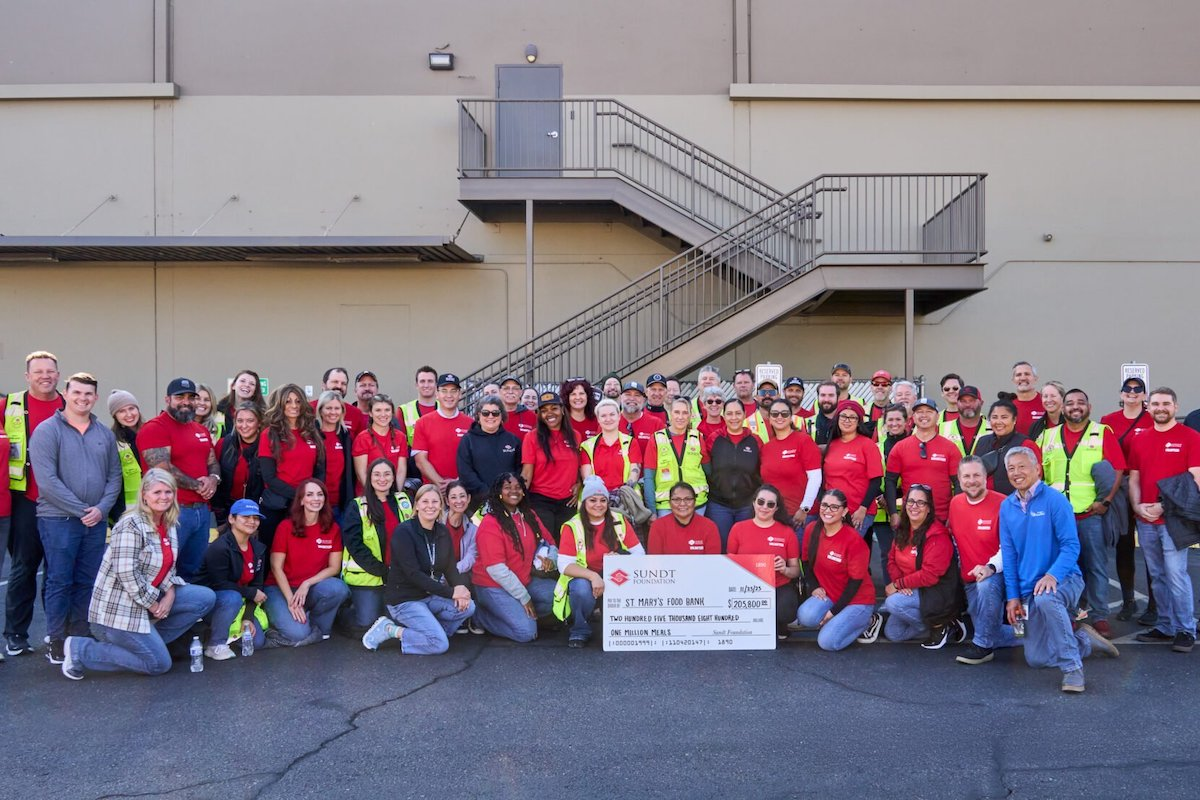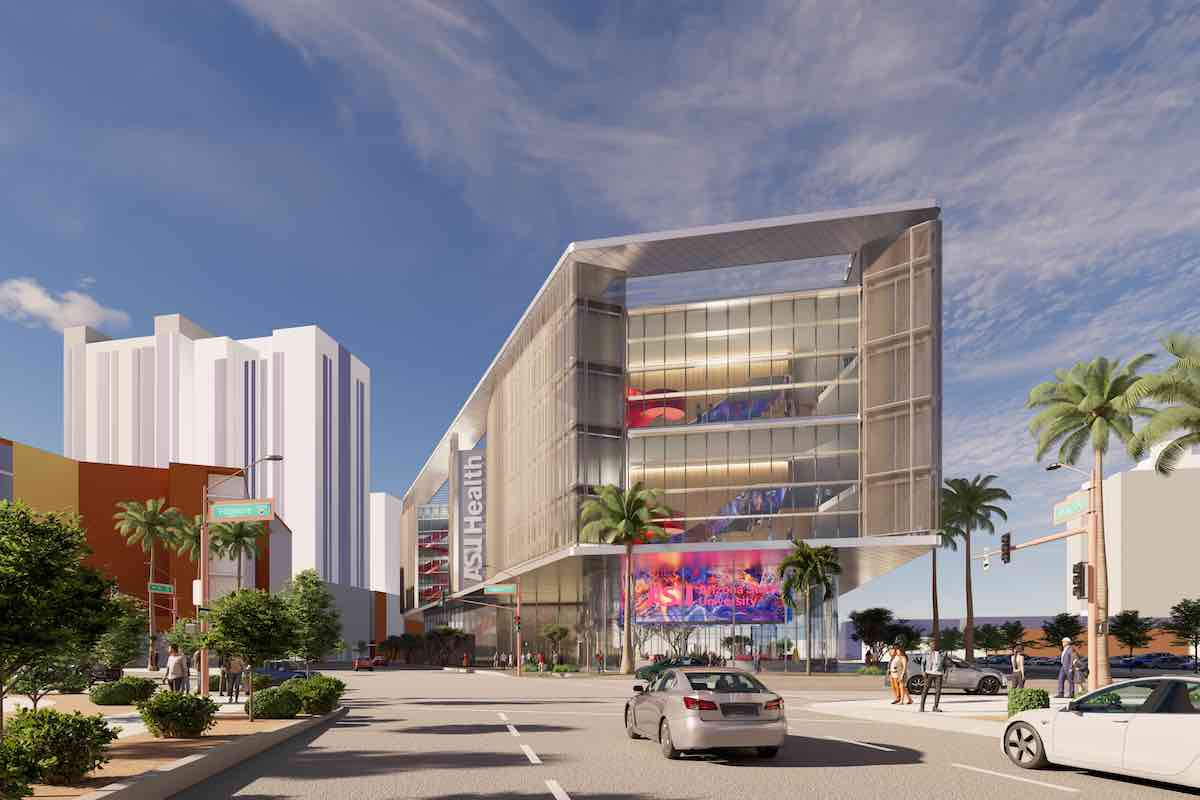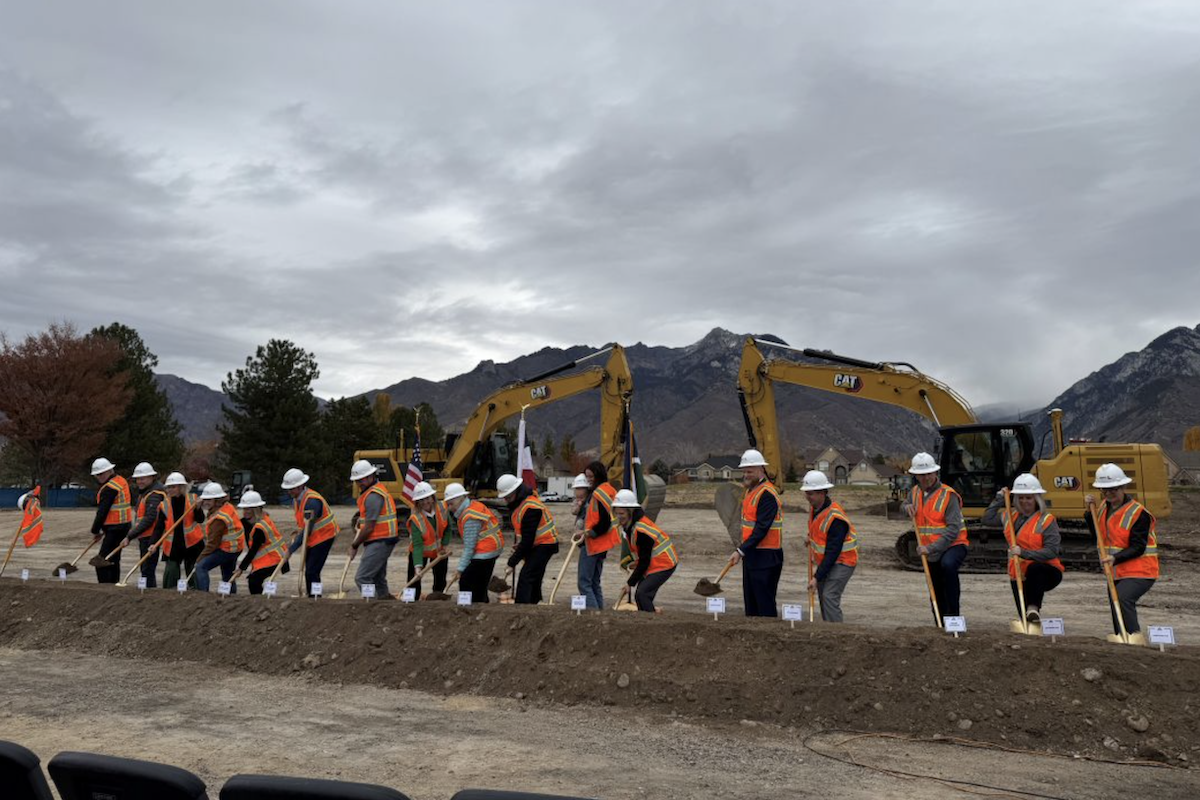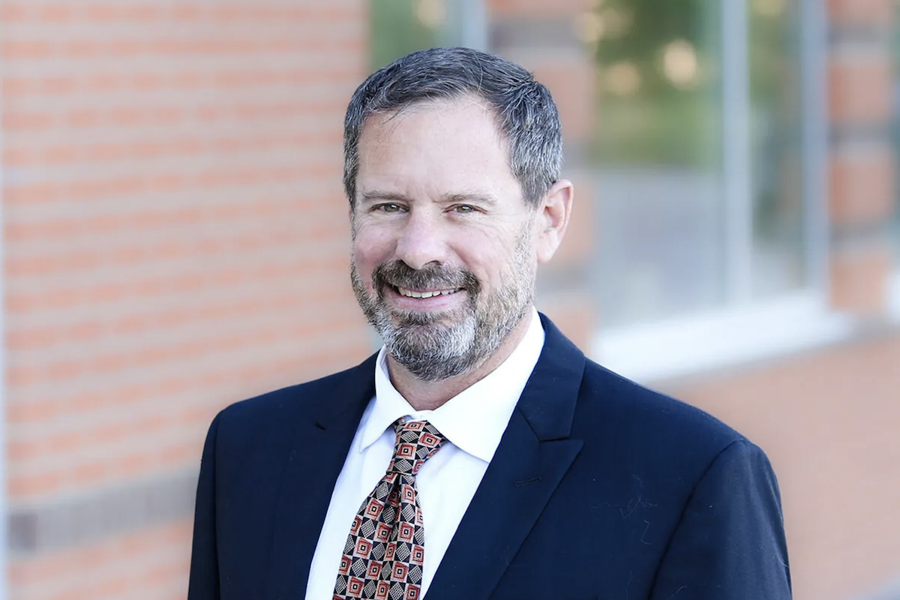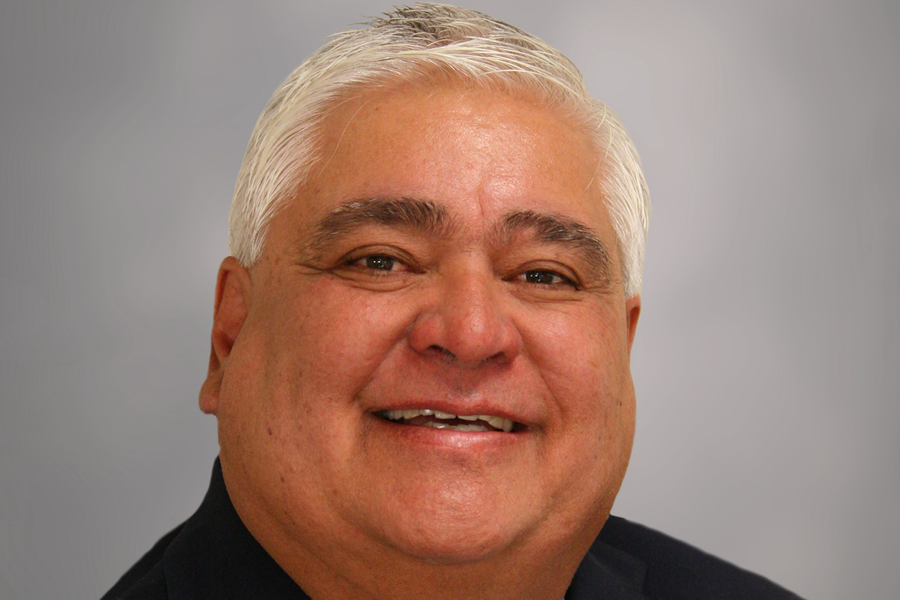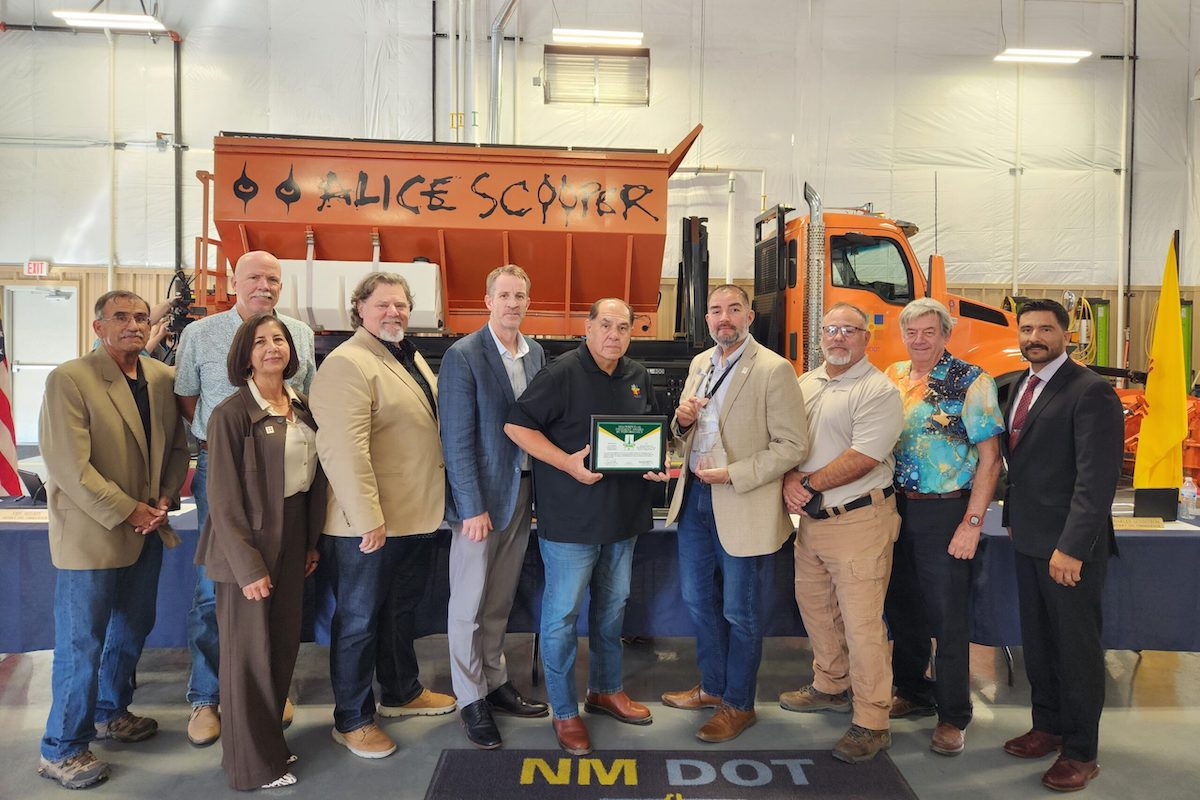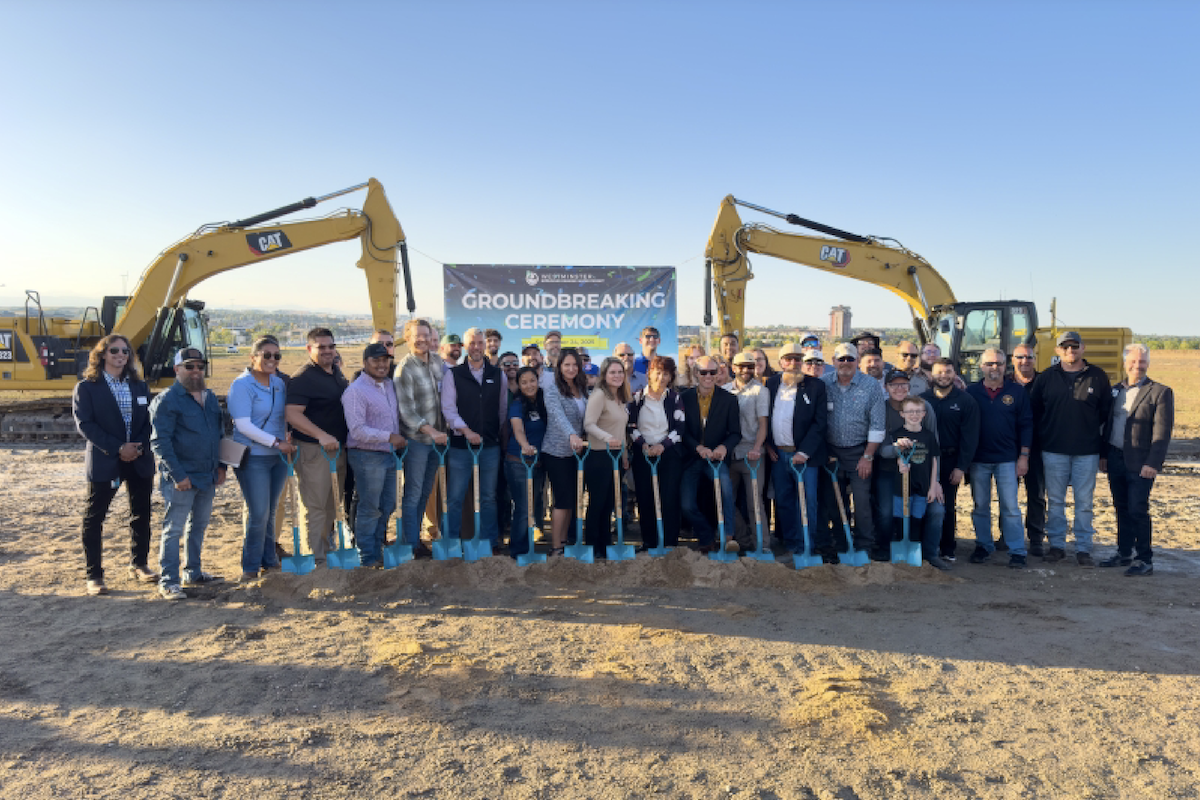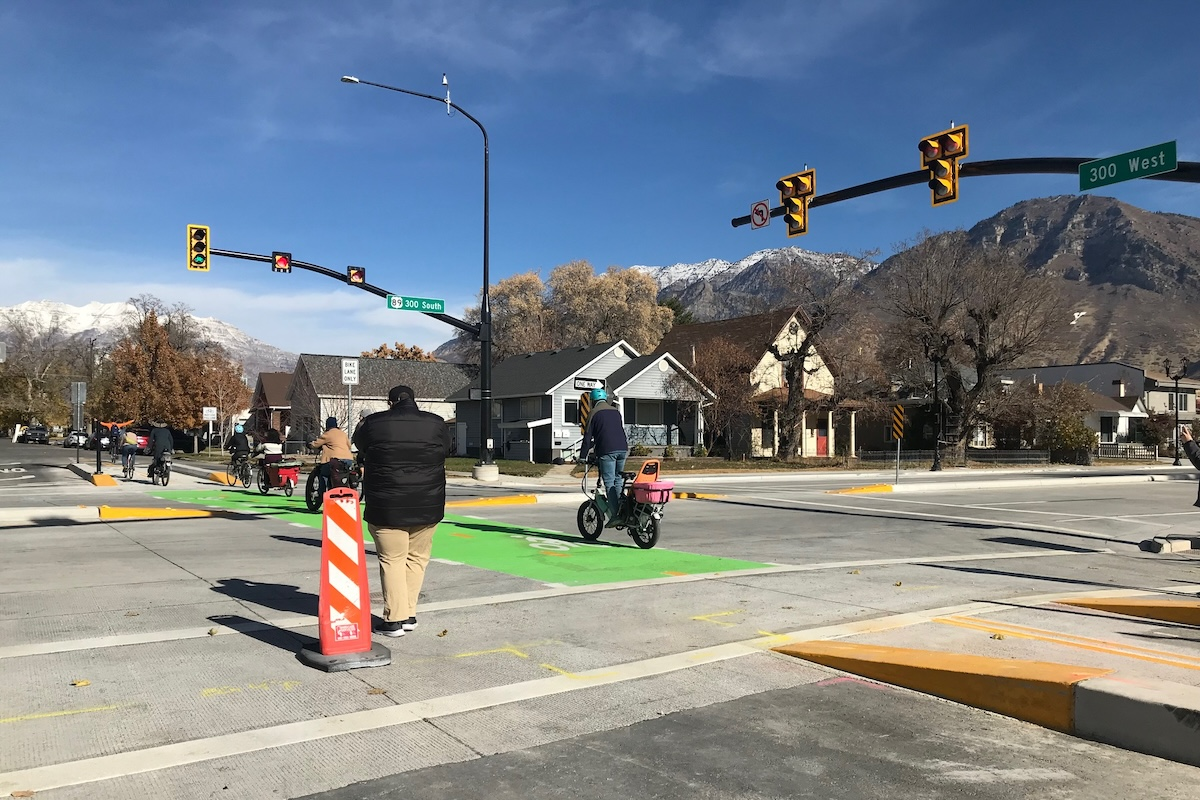LEED is a green building certification program used worldwide. Developed by the nonprofit U.S. Green Building Council (USGBC) in 1993, LEED includes a set of rating systems for the design, construction, operation, and maintenance of green buildings. The goal of the program is to help building owners and operators be environmentally responsible and use resources efficiently. Buildings can qualify for four levels of certification based on a point system, with higher points earned correlating to greater energy efficiency: Certified (40-49 points), Silver (50-59 points), Gold (60-79 points), and Platinum (80 or more points).
“LEED provides a framework for healthy, highly efficient, and cost-saving green buildings, and university officials choose this framework to substantiate the sustainable level of their facility,” said KWK Architects Principal Paul Wuennenberg. “Attaining a LEED certification demonstrates environmentally responsible building practices.”
KWK recently designed a residence hall at the University of Colorado - Boulder that achieved the highest level of sustainability certification, LEED Platinum. At the University of Colorado - Boulder, the new 700-bed, seven-story Williams Village North Residence Hall achieved a LEED Platinum v4 certification; the first residence hall of its size in North America to achieve this rating.
Some of the building’s sustainability features include numerous windows to let in natural light, plus windows with electrochromic glazing that automatically adjust the shading level based on the time of day and year. Windows in the student rooms feature magnets that turn the heating and cooling systems on and off when the windows are opened or closed. Vacancy sensors in each room also control lighting and heating and cooling levels depending on when students are in their rooms. A black switch in each student room also turns off “phantom loads” when electronics are left plugged in and not in use.

| Your local Volvo Construction Equipment dealer |
|---|
| Faris Machinery |
A pond that uses ditch water from snowmelt supplies the hall with water and saves the campus an estimated 13 million gallons of water per year. Other renewable energy features of the building include solar panels, LED lighting, thermostats in each student room, low-flow toilets and urinals, door closers, and a VRF HVAC system.
“A multitude of the energy efficient features we designed into the building focus not only on saving energy, but also encourage students to get involved in energy saving practices,” Wuennenberg said. “The hall features several recycling areas for student trash, and floors are grouped into sustainability teams that compete to use the least amount of water and energy. Winning teams are awarded throughout the semester.”













